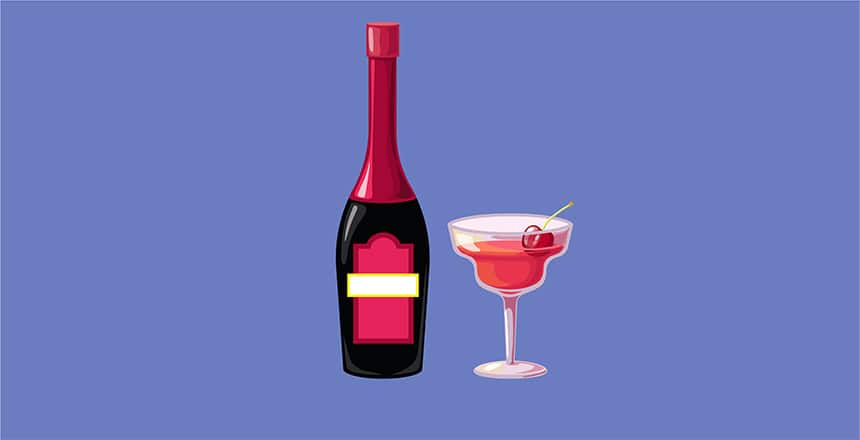There is no doubt that wine pairs perfectly with almost any meal and often adds an elegant touch to even the most casual get-together.
But what if you have dietary restrictions? Is wine gluten-free? The good news is that most wines are naturally gluten-free without any additional processing.
Read on to get the scoop about whether it’s safe for those with dietary restrictions to drink wine guilt-free and how buying choices can help ensure that the wines we purchase are safe for everyone who drinks them.
Related:
Contents
Is Wine Gluten-Free?
Gluten is a protein found in grains such as wheat, barley, and rye, while wine is made from grapes or other fruits; therefore, wine is generally considered gluten-free.
However, some wines may come into contact with gluten during the production process. For example, some wineries use wheat paste to seal oak barrels or use wheat-based products to clarify the wine. While the amount of gluten in the final product is likely very low, individuals with celiac disease or gluten intolerance should be cautious when consuming wine. They may want to check with the winery.
How Does Gluten Cross-Contamination Appear In Wine?

In most cases, the only way for gluten to cross-contaminate wine is during processing. While wine itself is gluten-free, cross-contamination can occur during the winemaking process. It can occur in a number of ways.
Gluten in Fining
Fining is the final step in wine production, where particulate matter is removed from the wine to render it clear before bottling. This process usually involves adding a fining agent, including gluten-containing compounds.
However, most modern winemakers use gluten-free fining agents such as bentonite clay, egg whites, and fish bladder. These are allowed by law but must contain less than 20 parts per million of gluten – meaning there will never be a significant amount present in the finished product. This does not have to be disclosed on the label.
Gluten in Barrels
The use of wooden barrels for aging wines can also result in gluten cross-contamination. This is because some winemakers will use a wheat paste to seal the barrels, which can leave trace amounts of gluten on the inside.
Fortunately, this risk is easily mitigated by using alternative sealing methods such as paraffin wax or polyethylene foam. These alternatives are cheaper and easier to find, making them more widely used than wheat paste sealants.
How Can Ensure That Wine Is Gluten-Free?

The best way to guarantee that wine is genuinely gluten-free is to look for certification labels from organizations like the Gluten Intolerance Group or the Celiac Support Association.
These organizations have strict testing protocols and will only certify products that meet their standards, making it easier to find safe wines.
Finally, if in doubt, it is always best to contact the winery directly and ask about their specific processes. This will ensure that you get accurate information about any potential gluten cross-contamination issues.
Conclusion
In conclusion, while most wines are naturally gluten-free, cross-contamination is possible during the winemaking process. To be sure that wine is safe for those with dietary restrictions, it’s best to look for certified gluten-free labels or contact the winery directly. With this knowledge in hand, everyone can enjoy their favorite tipple guilt-free.
